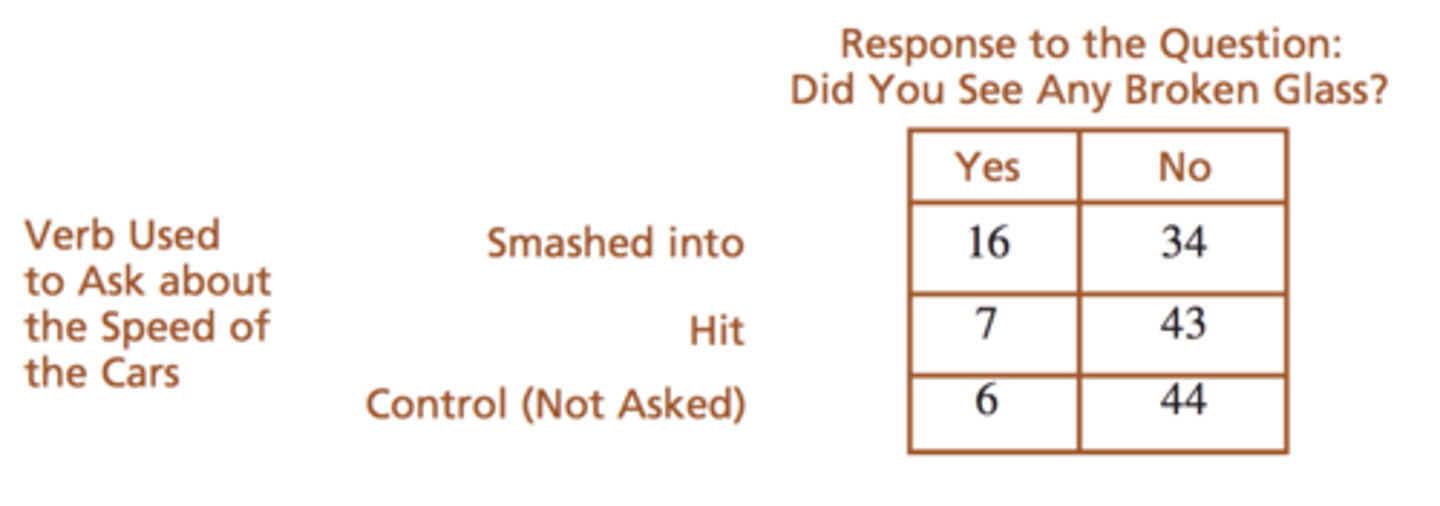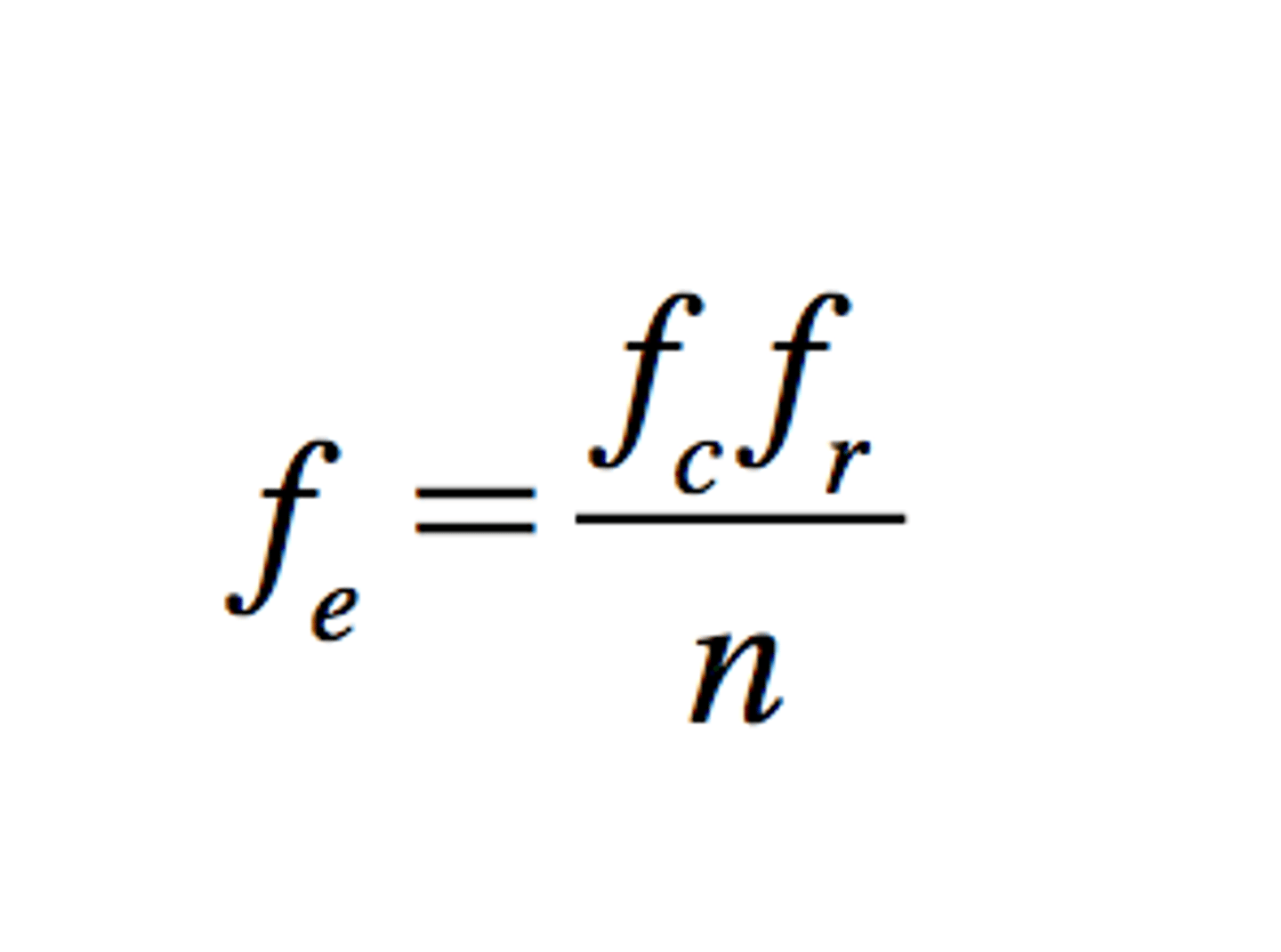Chapter 17: Chi-Square Statistics
1/17
There's no tags or description
Looks like no tags are added yet.
Name | Mastery | Learn | Test | Matching | Spaced |
|---|
No study sessions yet.
18 Terms
What is Chi-Square about?
Proportions
What are the 2 types of tests we are studying in this chapter?
1. Chi-square test for goodness of fit
2. Chi-square test for independence
In the Loftus & Palmer study, what would be the null hypothesis?
The form of the question has no effect on the memory of the witness.

What do the statistical tests we have studied so far, t-tests, ANOVA etc have in common?
Parametric tests:
1. Designed to test hypotheses about specific population parameters
2. Numerical score (Interval or ratio scale)
What about non-parametric tests?
1. Nominal or ordinal scales
When is it better to transform scores into categories (i.e. use nonparametric tests)?
1. Simpler to obtain category measurements
2. Violation of basic assumptions by original scores
3. Unusually high variance
4. Undetermined, or infinite, score
What does the chi square test for goodness of fit do?
The chi-square test for goodness of fit uses sample data to test hypotheses about the shape or proportions of a population distribution. The test determines how well the obtained sample proportions fit the population proportions specified by the null hypothesis.
For chi-square, what are the 2 types of null hypothesis?
1. No preference, equal proportions
2. No difference from a known population
What is the alternative hypothesis, H1?
Population proportions are not equal to the values specified by the null hypothesis.
What is the observed frequency, fo?
Number of individuals from the sample who classified in a particular category. Each individual is counted in one and only one category.
Always whole number
What is expected frequency?
fe = pn (Not always a whole number)
How is the Chi-Square result reported?

What is the formula for the chi-square statistic?

For Chi-square test for independence, the first step is to fill up the box with expected frequencies.

What is the formula used?

What would the fill-up look like?

What is the next step?
Carry out the Chi-square test.

Why should effect size be measured in Chi-Square tests?
A significant effect does not necessarily mean a large effect, it is generally recommended that the outcome of a hypothesis test be accompanied by a measure of the effect size.